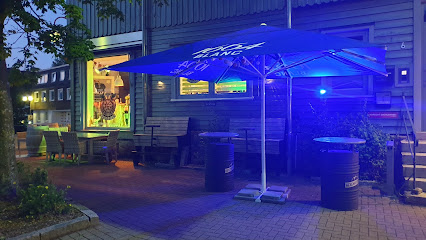
UNESCO World Heritage Sites in Germany: A Journey Through Time
Explore the rich tapestry of Germany's history through its UNESCO World Heritage Sites, revealing the artistry and heritage of the nation.
Immerse yourself in the rich history and cultural significance of Germany's UNESCO World Heritage Sites. This unique organization celebrates the nation's heritage and offers insights into its most treasured landmarks, making it a must-visit for tourists eager to explore Germany's past.
A brief summary to UNESCO Welterbestätten Deutschland e.V.
- Kornmarkt 6, Quedlinburg, 06484, DE
- +493946811253
- Visit website
Local tips
- Visit during weekdays to avoid crowds and enjoy a more personal experience.
- Check the organization's website for special events or exhibitions that may enhance your visit.
- Consider joining a guided tour to gain deeper insights into the significance of each site.
- Bring a camera to capture the stunning architecture and landscapes associated with the heritage sites.
- Make sure to allocate sufficient time for reading the informative displays to fully appreciate the history.
Getting There
-
Car
From the center of Lower Rhine, head southeast on A57 towards Krefeld. Merge onto A3 towards Oberhausen and then take the exit for A2 towards Hannover. Continue on A2 and take the exit for B6 towards Quedlinburg. Follow B6 directly into Quedlinburg. Once in the city, use local signage to navigate to Kornmarkt 6, where UNESCO Welterbestätten Deutschland e.V. is located. Parking may be available nearby, but check local parking regulations.
-
Public Transportation
Start by taking a regional train (RE) from any central station in Lower Rhine towards Quedlinburg. The journey may require a transfer at a major hub like Düsseldorf or Berlin, depending on your starting point. Once you arrive in Quedlinburg, exit the train station and head towards the city center, which is about a 15-minute walk. Follow the signs to Kornmarkt, where UNESCO Welterbestätten Deutschland e.V. is located at Kornmarkt 6. Be sure to check train schedules in advance, as frequencies may vary.
-
Taxi/Ride-Sharing
If you prefer a more direct route, you can book a taxi or use a ride-sharing service like Uber from your location in Lower Rhine to UNESCO Welterbestätten Deutschland e.V. in Quedlinburg. This option is convenient but can be more expensive, especially for longer distances. Ensure you confirm the estimated fare before starting your journey.
Discover more about UNESCO Welterbestätten Deutschland e.V.
Iconic landmarks you can’t miss
UNESCO Welterbestätten Deutschland e.V.
0.0 km
Explore the rich tapestry of Germany's history through its UNESCO World Heritage Sites, revealing the artistry and heritage of the nation.

Teufelsmauer
5.5 km
Discover the captivating beauty of Teufelsmauer, a wildlife refuge and scenic spot in Thale, Germany, known for its stunning rock formations and rich folklore.

Denkmal für die in den Weltkriegen gefallenen Einwohner von Thale
9.3 km
Explore the Memorial for the Fallen Residents of the World Wars in Thale, a poignant cultural landmark dedicated to remembrance and reflection.
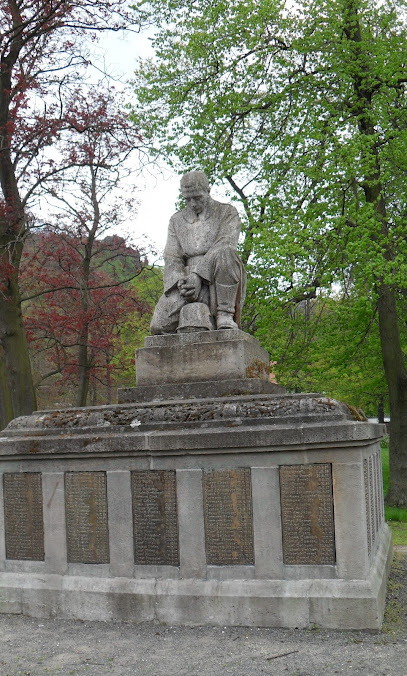
La Viershöhe
11.0 km
Explore La Viershöhe, a breathtaking mountain peak in the Harz Mountains, offering stunning views and invigorating hiking trails for every adventurer.
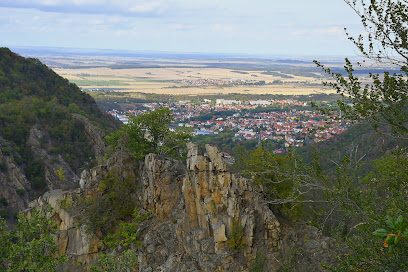
Großvaterfelsen HWN 76
12.1 km
Experience the breathtaking views and unique rock formations at Großvaterfelsen, a premier hiking destination in the stunning Harz Mountains.

Reisetipp-Harz
12.1 km
Experience the charm of Blankenburg at Reisetipp-Harz—a perfect holiday home for exploring the stunning Harz region and its rich history.
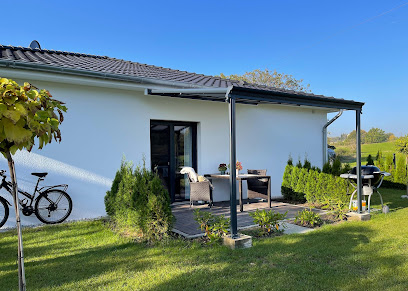
Viktorshöhe
12.4 km
Discover the breathtaking heights of Viktorshöhe in Quedlinburg, where stunning views and nature's tranquility await every adventurer.

Große Teufelsmühle (HWN 189)
12.6 km
Discover the breathtaking trails and stunning rock formations at Große Teufelsmühle, a premier hiking destination in the Harz Mountains of Germany.
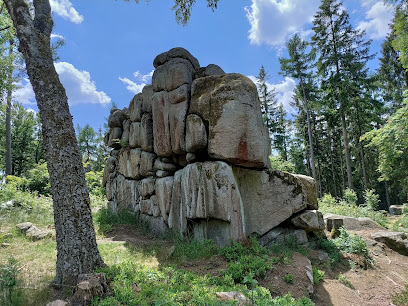
Burg und Festung Regenstein
12.9 km
Discover the captivating history and breathtaking views of Burg und Festung Regenstein, a must-visit historical landmark in Blankenburg, Germany.

Den Toten zum Gedenken, den Lebenden zur Mahnung!
14.8 km
Explore the poignant historical landmark Den Toten zum Gedenken, den Lebenden zur Mahnung in Falkenstein, where history speaks and reflection begins.
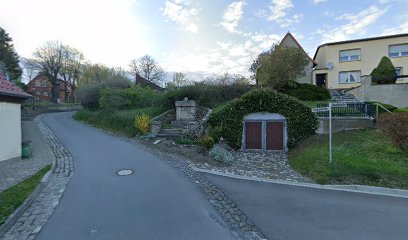
Rotestein
19.2 km
Discover the breathtaking beauty of Rotestein Peak, a serene mountain escape in Hasselfelde, perfect for hiking, photography, and experiencing nature's tranquility.
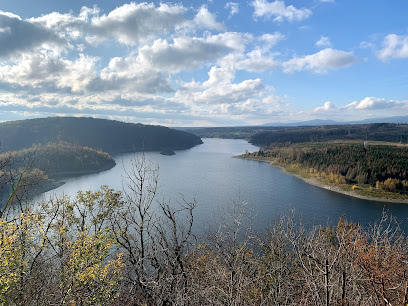
Ackerbürgerhaus von 1692
21.9 km
Explore the historical Ackerbürgerhaus von 1692 in Aschersleben, a remarkable landmark showcasing the unique architectural heritage of Germany.
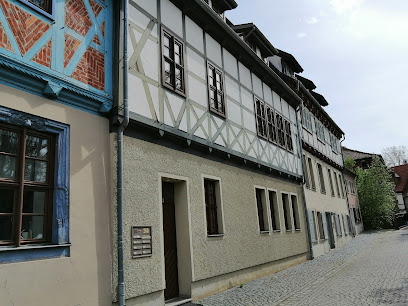
Stempelstelle HWN 31Agnesberg
24.1 km
Discover the scenic beauty of Agnesberg, a must-visit location in Wernigerode that offers breathtaking views of the Harz mountains and picturesque landscapes.
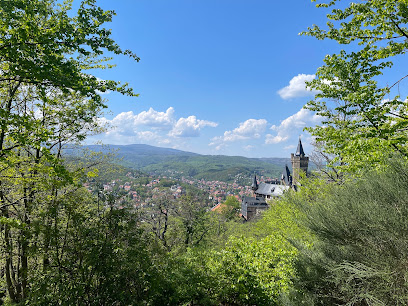
Rathaus Wernigerode
25.1 km
Discover the architectural beauty and historical significance of Rathaus Wernigerode, a must-see attraction in the heart of this charming German town.
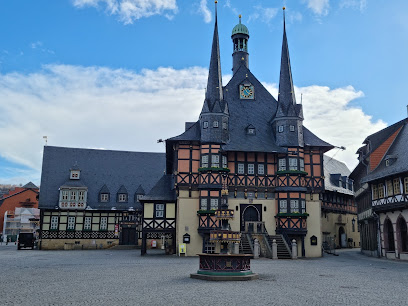
Schloss Stolberg - ein Haus der Deutschen Stiftung Denkmalschutz
27.3 km
Discover the enchanting Schloss Stolberg, a medieval castle in the Harz region, rich in history, stunning architecture, and breathtaking landscapes.
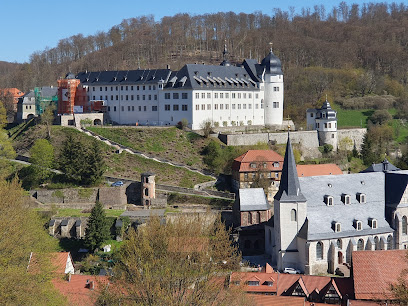
Unmissable attractions to see
Marktkirche St. Benedicti
0.1 km
Explore the breathtaking Marktkirche St. Benedicti in Quedlinburg, a stunning Evangelical church rich in history and architectural beauty.

Schuhhof
0.1 km
Experience the enchanting atmosphere of Schuhhof, a historical gem in Quedlinburg, showcasing stunning architecture and vibrant local culture.
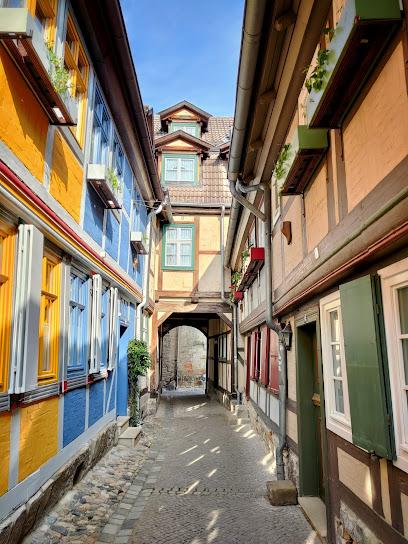
Market Square of Quedlinburg
0.2 km
Experience the charm of Quedlinburg's Market Square, where history, culture, and modern life blend seamlessly in a picturesque setting.
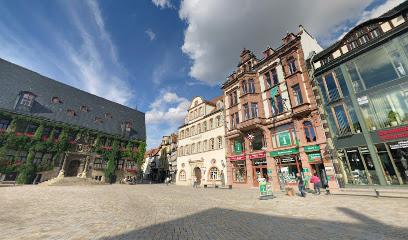
Marktplatz
0.2 km
Discover the historical beauty of Marktplatz in Quedlinburg, a UNESCO World Heritage site with charming architecture and vibrant local culture.
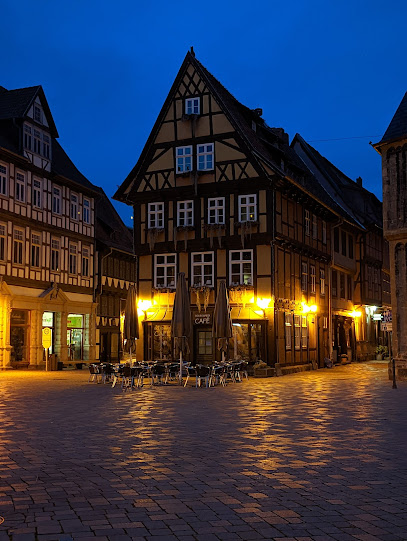
GutsMuths-Denkmal
0.2 km
Discover the GutsMuths-Denkmal in Quedlinburg - a monument honoring the father of modern gymnastics and a serene spot for reflection and education.

Railway and Toy Museum
0.3 km
Explore the enchanting Railway and Toy Museum in Quedlinburg, where nostalgia meets creativity in a captivating collection of model trains and toys.
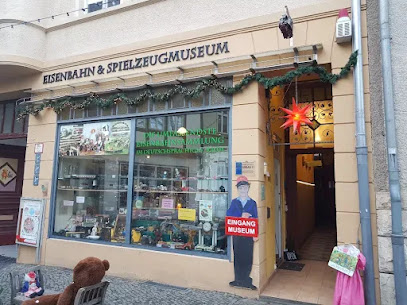
Half-timbered museum in a frame building
0.3 km
Explore Quedlinburg's architectural marvels at the Half-Timbered Museum, where history and culture come alive in every corner.
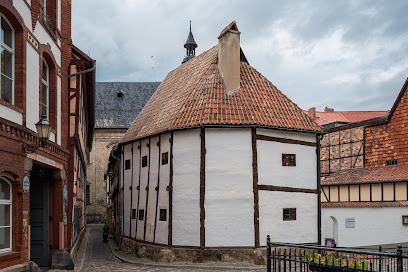
Brauhaus Lüdde
0.4 km
Experience authentic German cuisine and locally brewed beer at Brauhaus Lüdde in Quedlinburg, the perfect spot for food lovers and culture seekers.
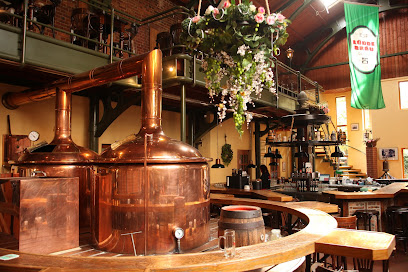
Adelshof
0.4 km
Experience the rich history and captivating architecture of Adelshof, a must-visit landmark in the enchanting town of Quedlinburg, Germany.
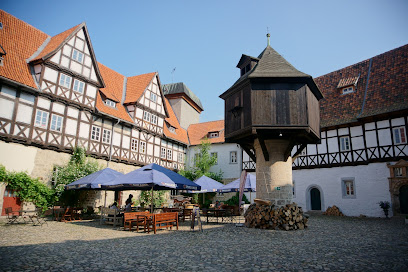
St. Nicholas Church
0.5 km
Experience the architectural beauty and tranquil ambiance of St. Nicholas Church in Quedlinburg, a serene retreat in Germany's historical heart.
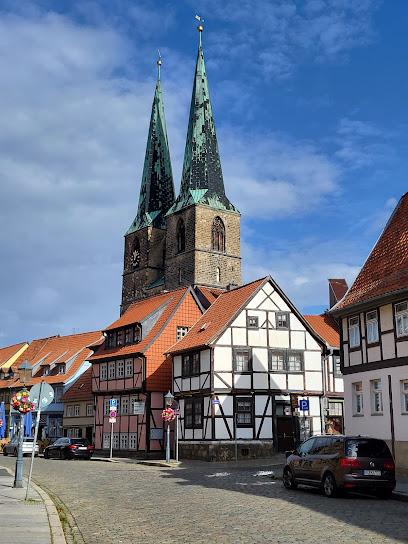
galery Lyonel Feininger
0.6 km
Explore the Lyonel Feininger Gallery in Quedlinburg, a unique art museum showcasing the stunning works of the renowned artist amidst a charming historic town.
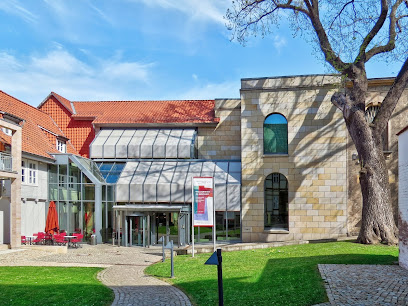
Schlossmuseum Quedlinburg
0.6 km
Explore the fascinating history and stunning architecture at Schlossmuseum Quedlinburg, a UNESCO World Heritage Site in the heart of Germany.

Stiftskirche St. Servatius
0.7 km
Discover the architectural beauty and historical significance of Stiftskirche St. Servatius, a UNESCO-listed gem in Quedlinburg, Germany.
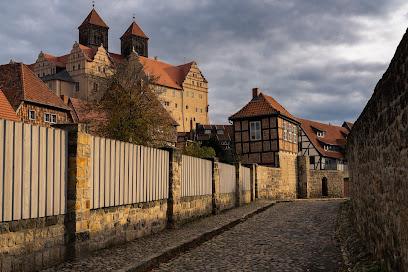
Brühl Park
1.3 km
Explore Brühl Park in Quedlinburg, a serene state park with lush landscapes, rich history, and tranquil paths for the perfect nature escape.
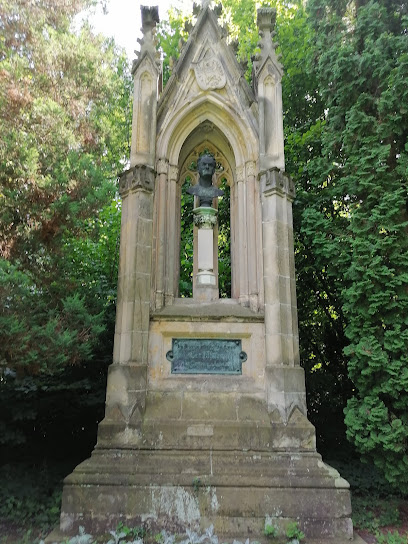
Anhaltinischer Saalstein HWN 186
8.7 km
Discover the stunning natural beauty of Anhaltinischer Saalstein in Quedlinburg, a perfect retreat for nature lovers and history enthusiasts alike.

Essential places to dine
Fischkate Quedlinburg
0.5 km
Discover culinary delights at Fischkate Quedlinburg - where fresh seafood meets charming ambiance in a historic setting.
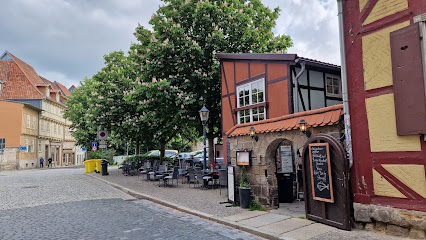
TATU Restaurant
0.6 km
Experience the exquisite flavors and inviting atmosphere at TATU Restaurant in Quedlinburg - a culinary gem not to be missed!
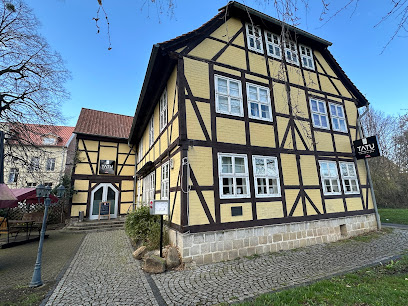
Restaurant Zum Kuckuck
7.5 km
Experience authentic German cuisine at Restaurant Zum Kuckuck in Quedlinburg - where tradition meets flavor in a cozy setting.
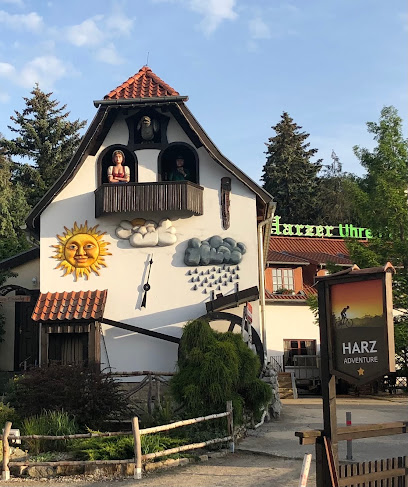
Pension im Harz - Gasthof Obere Mühle in Blankenburg
12.8 km
Discover authentic German culture and comfort at Pension im Harz - Gasthof Obere Mühle in Blankenburg, your gateway to scenic adventures.
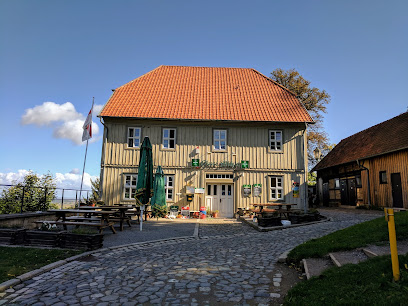
Altdeutsches Kartoffelhaus
12.9 km
Experience authentic German flavors at Altdeutsches Kartoffelhaus in Blankenburg – a culinary journey worth savoring!
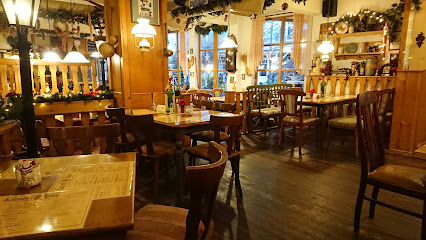
Kutscherplatz- Bulgarisches Restaurant
13.0 km
Discover authentic Bulgarian cuisine at Kutscherplatz - A culinary gem in Blankenburg serving traditional dishes in a cozy atmosphere.
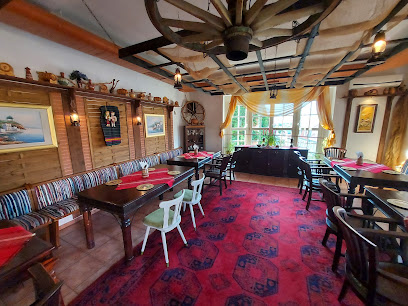
Klobenbergbaude - Julia Seegert
14.3 km
Discover the serene charm of Klobenbergbaude - your perfect retreat in Thale with cozy accommodations and delightful local cuisine.

Landgasthaus Jagerstube
22.2 km
Experience authentic German cuisine and warm hospitality at Landgasthaus Jagerstube in Dankerode.
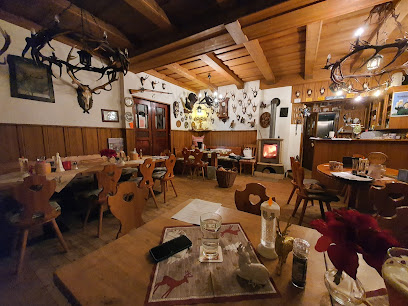
Gourmetrestaurant Silberstreif
24.5 km
Experience gourmet dining at its finest in Südharz - where innovative cuisine meets serene elegance.
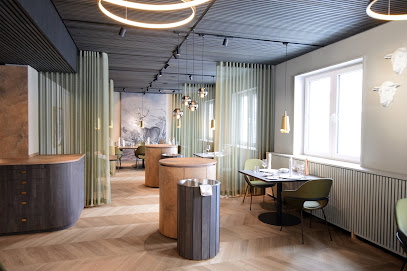
Zeitwerk
24.8 km
Discover culinary excellence at Zeitwerk in Wernigerode – where fine dining meets exceptional service for an unforgettable experience.
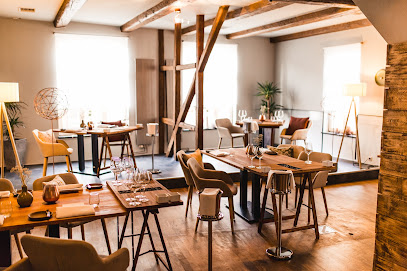
Restaurant Pietsch
24.8 km
Discover culinary excellence at Restaurant Pietsch in Wernigerode - where fine dining meets exquisite flavors in an elegant setting.

Ratskeller
25.1 km
Experience authentic German cuisine at Ratskeller in Wernigerode, where local flavors meet warm hospitality.

Restaurant 20zwanzig im FreiWerk
28.0 km
Experience exquisite local cuisine at Restaurant 20zwanzig im FreiWerk in Südharz – a culinary journey awaits with seasonal delights and warm hospitality.
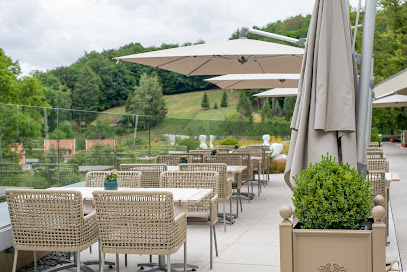
Zum Salzfässchen - Staßfurt
29.0 km
Experience authentic German cuisine at Zum Salzfässchen in Staßfurt - a culinary gem featuring delicious steaks and a cozy beer garden atmosphere.
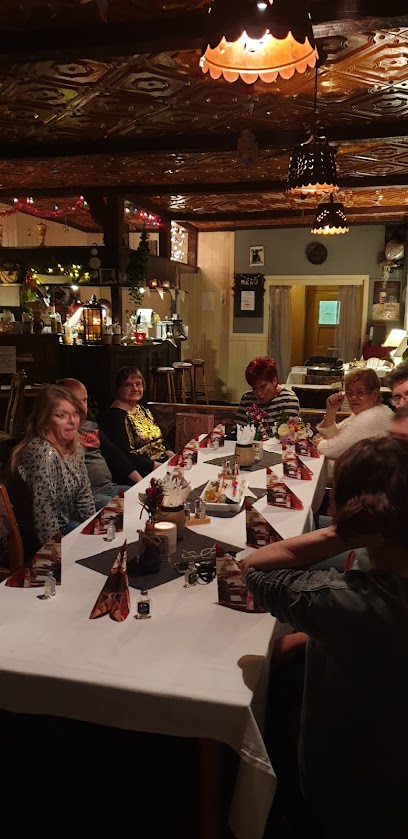
Waldbadschenke
31.1 km
Discover authentic German flavors at Waldbadschenke in the scenic Harz region – a perfect blend of culinary delight and natural beauty.
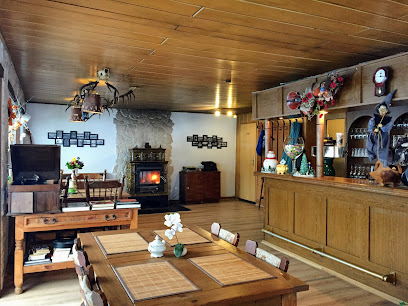
Markets, malls and hidden boutiques
No 52
0.1 km
Discover the unique offerings of No 52, a charming store in Quedlinburg, showcasing local crafts and authentic souvenirs.

Quedlinburg Souvenirs
0.2 km
Discover unique handcrafted souvenirs that reflect the charm and heritage of Quedlinburg at Quedlinburg Souvenirs.

Regionalladen Harz
0.3 km
Explore the culinary treasures of the Harz region at Regionalladen Harz, where local flavors come alive in every delightful product.

Nordharz Center
14.0 km
Experience shopping bliss at Nordharz Center in Blankenburg, where diverse stores, delightful dining, and family-friendly fun await.

Depot
14.1 km
Discover unique gifts and stylish home decor at Depot in Blankenburg - a must-visit shop for every traveler!

HARZ Regioshop & Kulturhalle
18.3 km
Discover unique local crafts and gifts at the HARZ Regioshop & Kulturhalle, a cultural treasure in the heart of the Harz region.
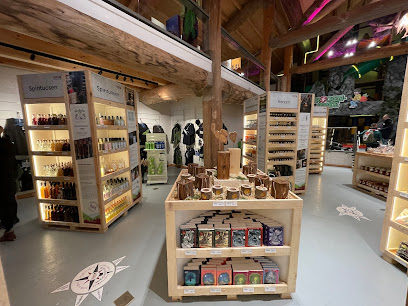
Schlossladen
24.3 km
Explore Schlossladen in Wernigerode for unique souvenirs that capture the spirit of your travels, featuring local crafts and charming gifts.

H. Tetzner - Inh. Andreas Rebel e.K.
24.8 km
Explore H. Tetzner in Wernigerode for unique gifts and home goods that embody local charm and craftsmanship.
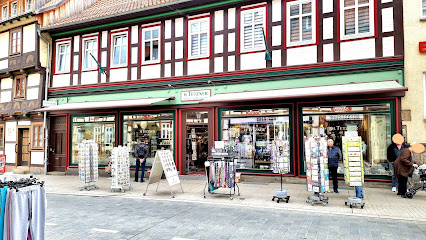
Carpe Diem Inh.:Kathrin Elmrich
24.9 km
Explore Carpe Diem in Wernigerode for unique souvenirs, local crafts, and a warm shopping experience that embodies the charm of the Harz region.
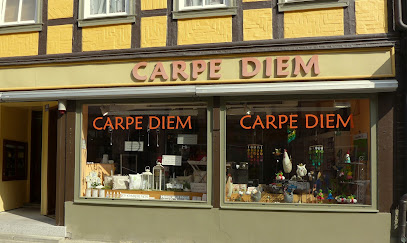
Finest Harz specialties
24.9 km
Savor authentic local flavors at the Finest Harz Specialties grocery store, your go-to destination for regional delicacies in Wernigerode.
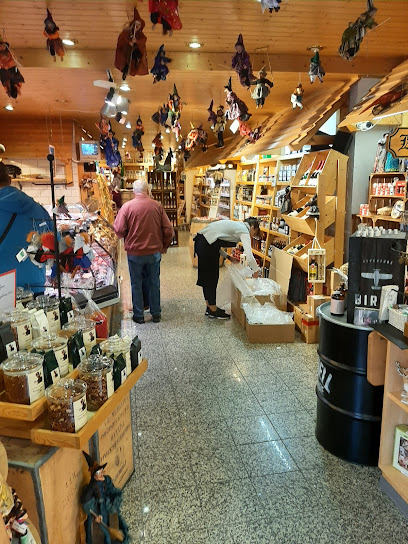
Train Line Gartenbahnen GmbH Store
24.9 km
Explore the enchanting world of model trains at Train Line Gartenbahnen GmbH Store in Wernigerode, a paradise for enthusiasts and curious tourists.
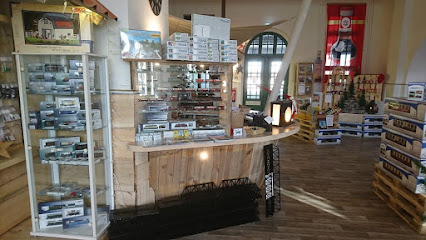
Altstadt-Passagen
25.2 km
Explore the vibrant Altstadt-Passagen in Wernigerode, where shopping meets dining in a lively atmosphere filled with unique finds and local charm.
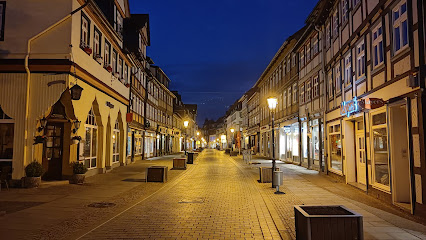
Wergona Chocolate GmbH
26.9 km
Discover the magic of artisanal chocolates at Wergona Chocolate GmbH in Wernigerode, where every bite is a delightful experience.
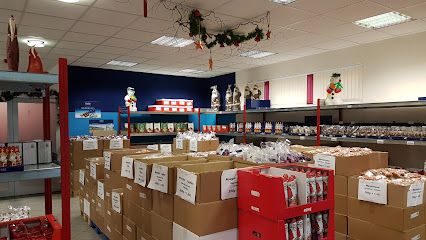
Harzer-Baumkuchen Baumkuchenhaus
27.3 km
Experience the unique flavors of traditional Baumkuchen in the heart of Wernigerode at Harzer-Baumkuchen Baumkuchenhaus, a sweet delight for every visitor.

Harzgeflüster Ina Kunze
27.3 km
Explore handcrafted treasures and local souvenirs at Harzgeflüster Ina Kunze, Stolberg's charming souvenir store in the heart of the Harz region.
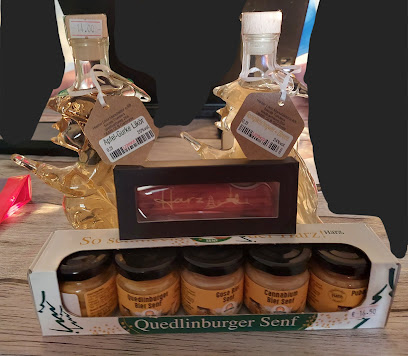
Essential bars & hidden hideouts
Oberharzer Bierstüb'l
22.3 km
Experience the authentic taste of local brews at Oberharzer Bierstüb'l, a cozy bar perfect for unwinding in the heart of Hasselfelde.
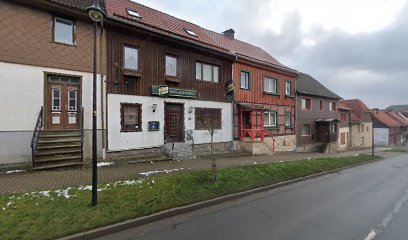
Krummelsches Haus
24.8 km
Experience local culture at Krummelsches Haus, Wernigerode's beloved pub serving quality brews and hearty gastropub fare in a welcoming atmosphere.
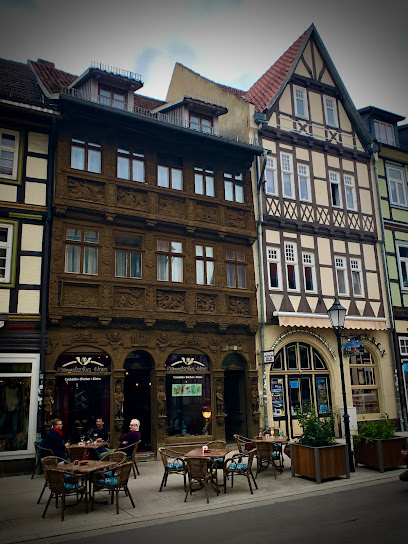
Weinbistro & Bar Anno1910
25.0 km
Experience the exquisite blend of Alsatian cuisine and fine wines at Weinbistro & Bar Anno1910 in Wernigerode, a true culinary delight for tourists.
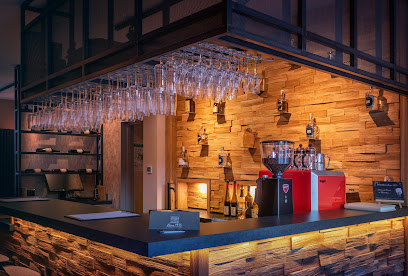
Ars Vivendi Party Club Lounge Wernigerode
25.0 km
Discover the vibrant nightlife of Wernigerode at Ars Vivendi Party Club Lounge, your go-to destination for dancing, cocktails, and unforgettable experiences.
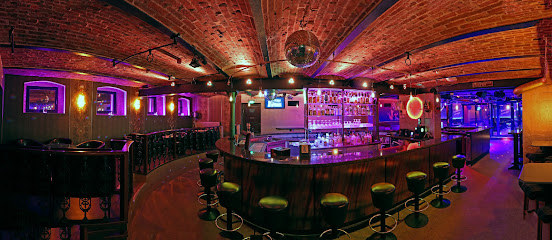
Tommis Pub
25.0 km
Discover a blend of British cuisine and local brews at Tommis Pub in Wernigerode, a cozy retreat for tourists and locals alike.

HaiLive Cocktailbar
25.2 km
Experience the vibrant nightlife at HaiLive Cocktailbar in Wernigerode, where every cocktail tells a story and every night is unforgettable.

Die kleine Kneipe
28.0 km
Discover Die kleine Kneipe, a cozy pub in Oschersleben offering local brews and a warm atmosphere for an unforgettable evening.
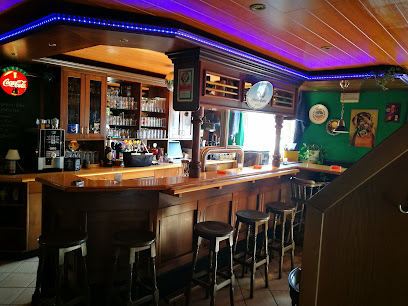
Das Harzer Cocktail Taxi
28.6 km
Discover the charm of Das Harzer Cocktail Taxi, a cocktail bar in the heart of Harz, serving exquisite drinks in a cozy atmosphere.

Kneipchen
32.9 km
Experience the charm of Kneipchen, a cozy pub in Ilsenburg, offering local brews and hearty meals for a delightful evening.
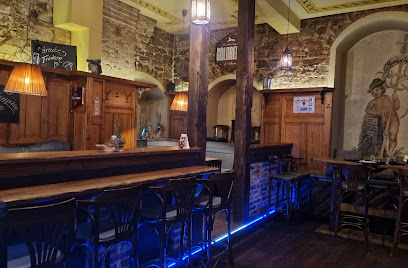
Pension Mühlhahn
33.7 km
Discover the charm of Pension Mühlhahn, your cozy guest house in Wernigerode, offering delightful dining and breathtaking views of the Harz mountains.
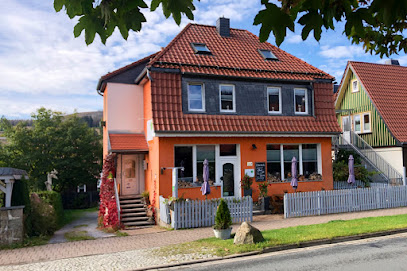
Schirmbar Hexenritt
35.6 km
Experience the charm of the mountains at Schirmbar Hexenritt, a cozy bar in Braunlage offering stunning views and a vibrant atmosphere.

Hotel & Restaurant Memory in Braunlage
37.0 km
Discover Braunlage's Memory Hotel & Restaurant, where comfort meets delightful dining and a vibrant bar experience amidst breathtaking nature.
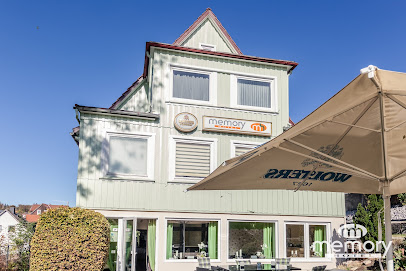
Drink'A'Bell Pub und Café
37.1 km
Experience the vibrant ambiance of Drink'A'Bell Pub und Café, where live music, delicious food, and refreshing drinks unite in Braunlage.
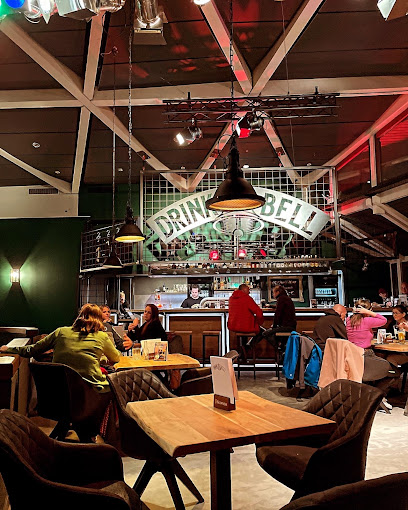
Travellers Cafe Bar
37.2 km
Experience the vibrant atmosphere of Travellers Cafe Bar in Braunlage, where friendly service and a cozy ambiance meet for an unforgettable night.

The VALHALLA Bar
37.2 km
Discover the vibrant nightlife at The VALHALLA Bar in Braunlage, where every evening is filled with fun, great drinks, and unforgettable moments.
